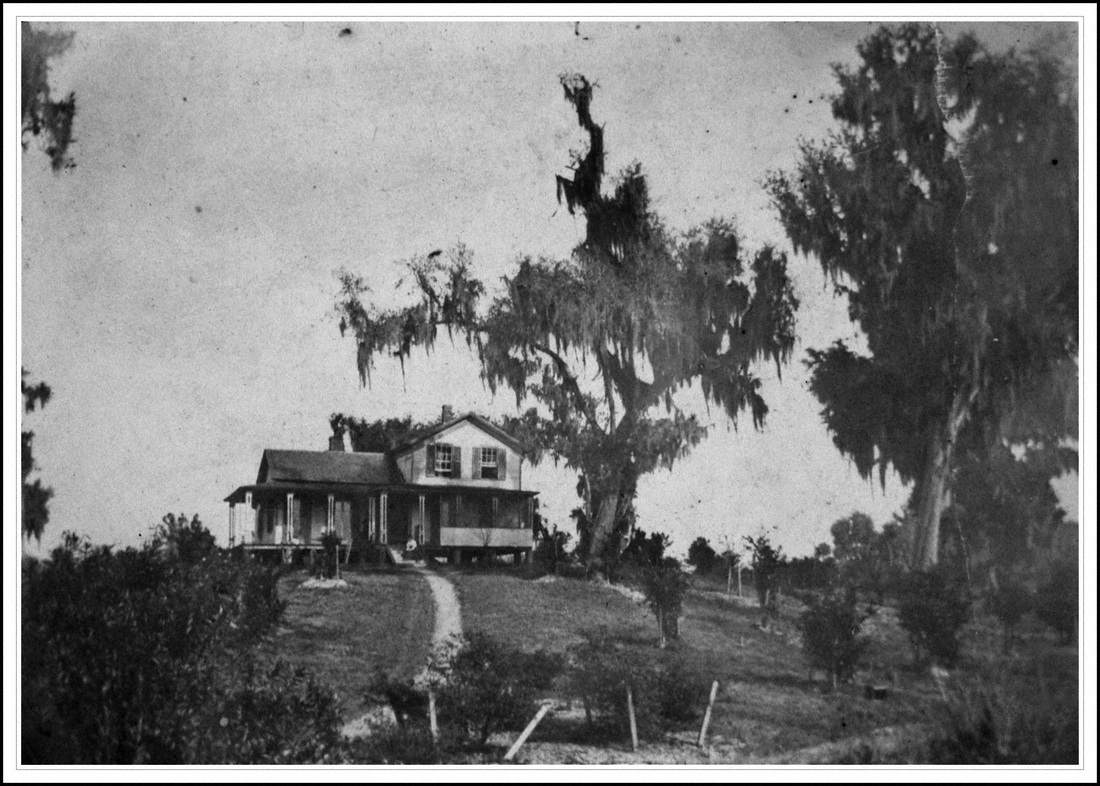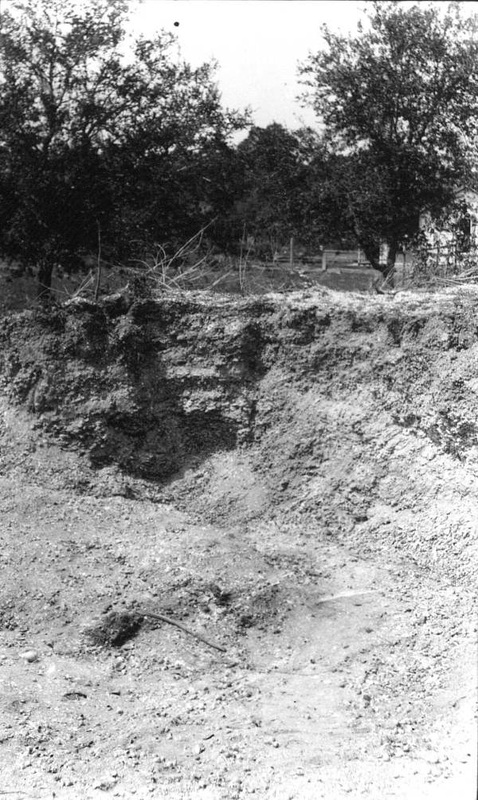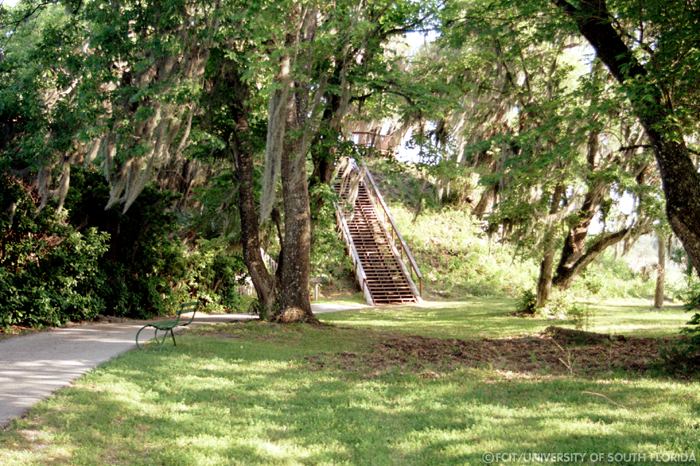Shell Mounds & Middens
From "Certain Sand Mounds of the St. Johns River, Florida" by Clarence B. Moore, May 22, 1894 and Published for the Harvard College Library.
" It is probable that certain mounds were used as look-out stations, and possibly all in later times served for domiciliary purposes. The great mound at Tick Island, has an altitude of over 17ft, while the famous Mt. Royal, with a circumference of 555 ft, is in area approached by no mound on the St. Johns river.
" It is probable that certain mounds were used as look-out stations, and possibly all in later times served for domiciliary purposes. The great mound at Tick Island, has an altitude of over 17ft, while the famous Mt. Royal, with a circumference of 555 ft, is in area approached by no mound on the St. Johns river.
(Insert Brief Explanation of the purpose of the shell mounds, where located and the people who made them)
The Origin of the Shell Mounds and Middens
 Source of picture: Florida State Archives)
Source of picture: Florida State Archives)
Here are loads of food from the river and lots of grain from the fields.
The grain could be used to prepare grits, fritters, and cornbread. Apparently,
this is a Timucua seafood feast in the making!
When the French saw a scene like this, their mouths would have watered and
their stomachs rumbled. During the 1560s, the settlers at Fort Caroline
couldn't have survived without provisions from local natives.
PREHISTORIC GARBAGE DUMPS
Suppose you were a Timucua and you didn't care forshellfish: Your neighbors would probably have considered you a finicky eater! Shellfish were consumed primarily by the Timucua who lived along the coast and the inland rivers, including the St. Johns.
Over time, these early Floridians ate countless tons of such shellfish as
oysters, snails, crabs, clams, and mussels. They piled the debris in middens. These are trash heaps that contain shells, bones, broken pottery, etc. Some of mounds are massive, and there were lots of them.
Middens used to blanket parts of Florida's East Coast, from Cape Canaveral northward. During the 1800s, in fact, Americans couldn't believe their eyes.
They couldn't comprehend that human activity had created so many mounds.
Numerous middens, though, have been cleared away. Shell miners have used them for road beds & other purposes. This situation has been ongoing since
the late 1800s. Federal & state laws, however, now prohibit the
disturbance of middens on public lands. Unfortunately, those on private
property are still fair game.
MAD ABOUT OYSTERS
If they returned today, the Timucua of the Jacksonville area would probably frequent oyster bars. They
went wild over oysters, whether raw, boiled, or roasted.
The grain could be used to prepare grits, fritters, and cornbread. Apparently,
this is a Timucua seafood feast in the making!
When the French saw a scene like this, their mouths would have watered and
their stomachs rumbled. During the 1560s, the settlers at Fort Caroline
couldn't have survived without provisions from local natives.
PREHISTORIC GARBAGE DUMPS
Suppose you were a Timucua and you didn't care forshellfish: Your neighbors would probably have considered you a finicky eater! Shellfish were consumed primarily by the Timucua who lived along the coast and the inland rivers, including the St. Johns.
Over time, these early Floridians ate countless tons of such shellfish as
oysters, snails, crabs, clams, and mussels. They piled the debris in middens. These are trash heaps that contain shells, bones, broken pottery, etc. Some of mounds are massive, and there were lots of them.
Middens used to blanket parts of Florida's East Coast, from Cape Canaveral northward. During the 1800s, in fact, Americans couldn't believe their eyes.
They couldn't comprehend that human activity had created so many mounds.
Numerous middens, though, have been cleared away. Shell miners have used them for road beds & other purposes. This situation has been ongoing since
the late 1800s. Federal & state laws, however, now prohibit the
disturbance of middens on public lands. Unfortunately, those on private
property are still fair game.
MAD ABOUT OYSTERS
If they returned today, the Timucua of the Jacksonville area would probably frequent oyster bars. They
went wild over oysters, whether raw, boiled, or roasted.
Visit existing Shell Mounds and Middens
One easily reachable midden is the double mound in Arlington. It's
located near Fort Caroline Road, in the Theodore Roosevelt Area of the
Timucuan Ecological & Historic Preserve
This midden covers about 25 acres and stands 25 feet deep with oyster shells. There are four shell mountains in the immediate area, and they date from 600 to 2,500 years ago.
located near Fort Caroline Road, in the Theodore Roosevelt Area of the
Timucuan Ecological & Historic Preserve
This midden covers about 25 acres and stands 25 feet deep with oyster shells. There are four shell mountains in the immediate area, and they date from 600 to 2,500 years ago.






